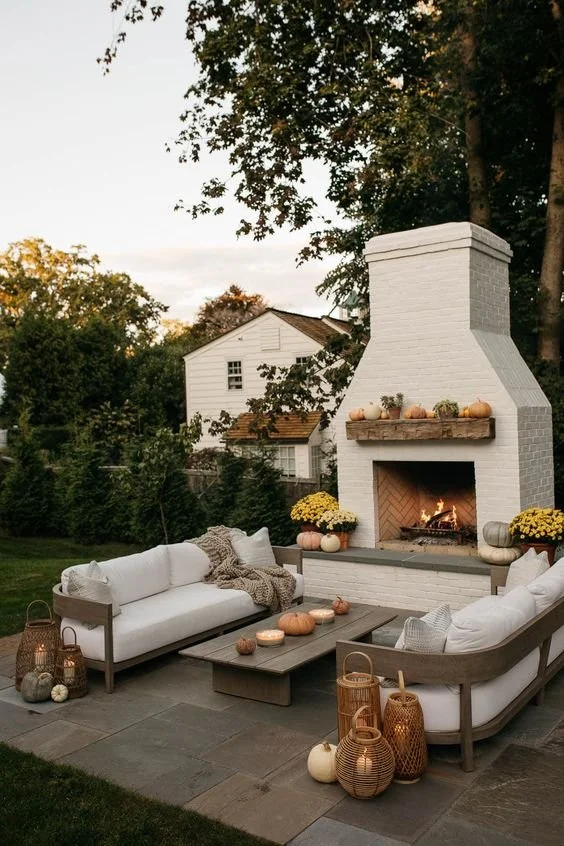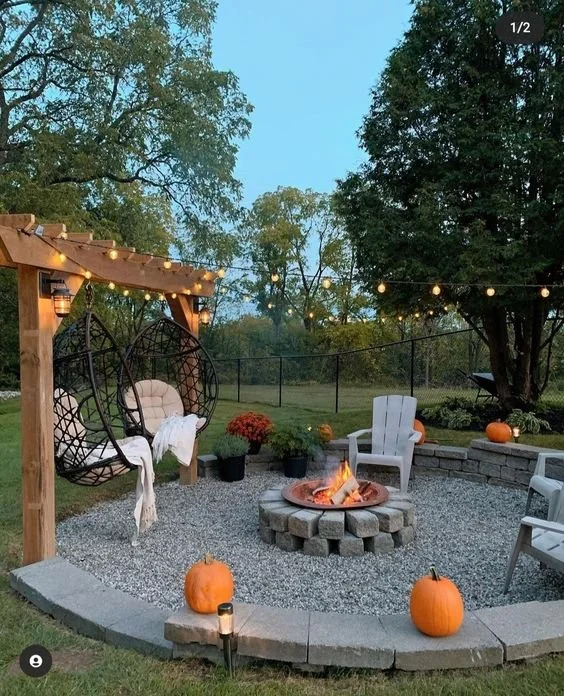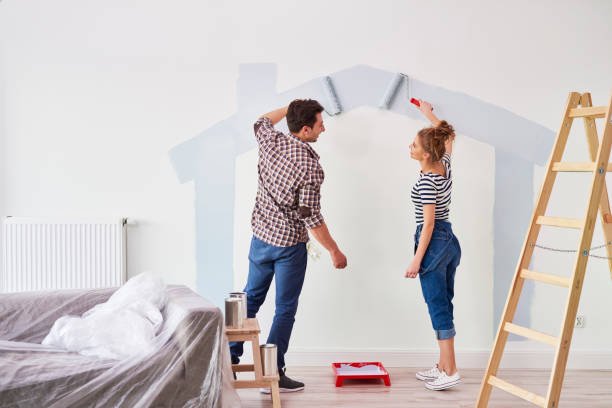What Are the Major Advantages of Combining Repairs to Buildings With Property Management Maintenance?
RH Business Marketing Solutions
In the realm of property management, understanding the broader landscape is crucial. Maintenance planning, for instance, is not just about addressing immediate concerns and gauging one's performance against the industry's benchmarks. According to recent surveys, maintenance costs are estimated to range between 15% and 40% of total production costs, highlighting the importance of streamlined processes when it comes to repairs and general upkeep. By combining building repairs with routine property management maintenance, real estate professionals can enhance efficiency, reduce costs, and boost the overall value of an asset.
Importance of Enhancing Property Asset Management Through Optimized Maintenance Strategies
While the synergy of combined efforts plays an important role in effectively managing property, it is equally essential to recognize the financial implications of these efforts. This imposes the importance of optimized maintenance strategies in enhancing property asset management. Financial prudence in property management is often reflected in how maintenance costs are managed. With exterior building maintenance costing approximately $0.03 per square foot for industrial buildings, it's evident that every decision has a dollar value attached.
Planning repairs and maintenance together allows property managers to optimize budgets and resources for maximum returns. Seeking the help of property management maintenance software is also one of the smart ways to reduce the expenses associated with repair and maintenance.
How do these financial decisions impact the people who live or work in these properties?
But beyond the balance sheets and cost analyses, there's a human element to consider. This brings us to the often-overlooked role of property management in tenant satisfaction. At the heart of every property lies its occupants, whose needs should be at the forefront of any maintenance strategy. While poor maintenance practices can reduce a company’s production capacity, the real impact is often felt by the tenants, whose satisfaction can make or break a property's reputation.
By promptly addressing tenant concerns through timely repairs and proactive maintenance, property managers foster positive relationships and boost retention rates. Satisfied tenants not only stay longer but also spread positive word-of-mouth, which attracts new high-quality tenants. Enhancing tenant satisfaction should be a core objective behind any combined maintenance efforts. Happy tenants treat the property as their home, take better care of facilities, and cooperate with management directives - ultimately enhancing the asset value.
However, keeping tenants happy isn't just about immediate responses and quick fixes. It's also about ensuring that the property is up to code, safe, and compliant with all local regulations. In the U.S., over 47,000 bridges have been deemed in urgent need of repairs. This staggering statistic underscores the importance of timely maintenance and the legal implications of neglect. Ensuring properties are compliant isn't just about avoiding penalties; it's about ensuring the safety and well-being of every occupant.
By combining general upkeep with necessary repairs, property managers and owners reinforce their commitment to legal compliance. They reduce liabilities associated with unattended maintenance needs that could potentially lead to tenant injuries or property damage. No owner wants the expense and reputation damage of lawsuits emerging from poorly maintained buildings. Integrating repairs with preventive maintenance keeps properties running safely while protecting owners from massive liabilities down the road.
10 Advantages of Combining Repairs to Buildings with Property Management Maintenance
The advantages are not just in percentages and dollar signs. The financial benefits of combining repairs with property management maintenance have broader implications that ripple through the entire property ecosystem. Every property management decision, from the smallest repair to the most extensive renovation, has financial implications which include:
1. Streamlined Operations and Resource Utilization
The organization’s expenses and plans are aligned and operational efficiency becomes better when the building repairs and property management maintenance are built together. Combining these functions allows the organization to optimize its resources, whether it's labor, materials, or equipment. Repairs can be effortlessly integrated into maintenance schedules to minimize downtime and disruptions while utilizing the available resources to the fullest.
2. Cost-Effectiveness Through Proactive Approach
A proactive approach often proves to be more economical in the long run. Integrating repairs with maintenance enables property managers to identify potential issues early on, addressing them before they escalate into costly problems. This strategy saves money by avoiding extensive repairs that might have been prevented through timely intervention.
3. Enhanced Property Value and Aesthetic Appeal
Cohesive building repairs and maintenance contribute to the overall aesthetic appeal of the property. From curb appeal to interior charm, a well-maintained property attracts tenants, buyers, and investors. Up-to-date repairs and regular maintenance foster an environment where tenants are proud to call the property their home.
4. Improved Tenant Satisfaction and Retention
A harmonized approach to repairs and maintenance translates to improved tenant satisfaction. Swift response to repair requests and consistent upkeep of common areas enhances the tenant experience, increasing the likelihood of lease renewals and positive word-of-mouth referrals.
5. Increased Longevity of Assets
Buildings are investments that require preservation for long-term returns. When repairs and maintenance work hand in hand, the longevity of the property's assets is extended. Regular inspections and timely fixes prevent minor issues from snowballing into major structural concerns, safeguarding the property's overall value.
6. Compliance with Regulations and Standards
The real estate landscape is governed by various regulations and safety standards. Integrating repairs and maintenance ensures that the property consistently adheres to these requirements, mitigating legal risks and potential penalties.
7. Minimized Disruptions and Vacancies
Repairs, when handled efficiently within the framework of maintenance, reduce disruptions. Swift resolution of issues minimizes the need for extended property closures or tenant relocations. This stability contributes to lower vacancy rates and consistent rental income.
8. Strategic Planning and Budgeting
A unified approach to repairs and maintenance facilitates strategic planning and budgeting. Property managers can allocate resources effectively, mapping out repair needs alongside routine maintenance expenses. This foresight enables better financial management and transparency.
9. Professional Image and Reputation
Properties that exhibit professionalism and a commitment to upkeep tend to develop a positive reputation. This image attracts both tenants and investors, bolstering the property's standing in the competitive real estate market.
10. Seamless Communication and Collaboration
A unified strategy enhances communication and effortless collaboration between maintenance staff and repair professionals. You need to instigate this synergy to ensure that the tasks are coordinated efficiently which will lead to quicker resolutions and improve the operational harmony in the organization.
Conclusion
In simple terms, integrating building repairs with preventive maintenance as a part of a property management strategy has many benefits. It improves the efficiency of operations and overall budget allocations, keeps your tenants happy and satisfied, maintains the value of your asset, and ensures the prevention of any legal issues and compliance with laws and regulations. While it may seem unnecessary to invest in proactive maintenance to some owners with no long-term vision, the benefits of this synergetic approach and its importance for success in property management reveals over time.
Following these best practices mentioned in this article will help you maximize your return on investment in the real estate industry, improve your reputation, deliver exceptional customer experience, and create a win-win proposition for every stakeholder. The combined power of preventive maintenance, timely repairs, and the use of property management software leads to optimally maintained properties prepared to deliver consistent value year after year.
Guest Contributor: Daniel Martin














